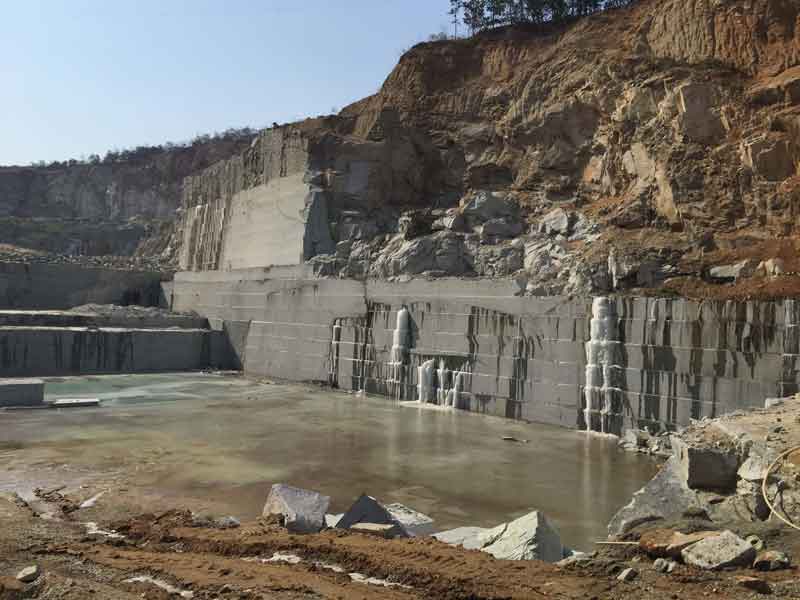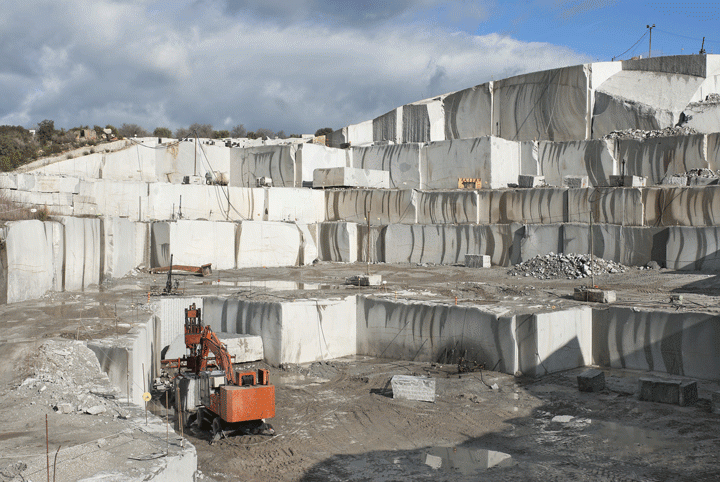Diving into of Granite Quarries in South Africa
Diving into of Granite Quarries in South Africa
Blog Article
Discovering the Rich History and Lasting Practices of Granite Quarrying
As we base on the precipice of discovering the elaborate tapestry of granite quarrying, a trip through time exposes not just the physical act of drawing out rock but additionally the cultural and historical value woven right into the extremely material of this method. From the ancient beginnings that laid the structure for modern quarrying methods to the sustainable techniques that are forming the future of this sector, each carve mark on granite surfaces narrates waiting to be unearthed (granite quarries in south africa). The tradition of granite quarrying stretches far beyond plain extraction; it is a testimony to human resourcefulness, durability, and the long-lasting attraction of this marvelous rock
Ancient Origins of Granite Quarrying
Dating back to ancient people, the technique of quarrying granite has been an indispensable component of human background and building improvement. The earliest proof of granite quarrying dates back to old Egypt, where massive pyramids and complex sculptures were crafted from this sturdy stone. The Egyptians made use of primitive devices to extract granite blocks from quarries, showcasing the significance of this material in their significant building and constructions.
Relocating onward in background, the Greeks additionally made significant contributions to the quarrying of granite. The Greeks used granite in various architectural wonders, such as holy places and statuaries, showing their ability in shaping and sculpting this sturdy stone. The Romans additionally fine-tuned the methods of quarrying granite, utilizing sophisticated tools like chisels and hammers to extract and form granite for their legendary frameworks.
With the centuries, the method of quarrying granite has developed, with modern technologies enhancing efficiency while maintaining the timeless charm of this all-natural rock - granite quarries in south africa. From old people to modern contractors, the legacy of granite quarrying proceeds to form our world
Evolution of Quarrying Techniques
The advancement of quarrying strategies has been marked by a continual development towards better performance and precision in extracting granite. From the rudimentary approaches utilized by our ancestors to the innovative innovations utilized in modern-day quarrying operations, the sector has undergone substantial improvements. Early quarrying techniques entailed manual work with standard tools such as knives, hammers, and wedges to draw out granite blocks from the earth. As people progressed, strategies like fire-setting and primitive explosives were presented to help with the removal process.
Innovations in computer-controlled devices and 3D modeling have optimized quarrying procedures, leading to marginal ecological impact and improved sustainability practices. As the demand for granite continues to increase, the development of quarrying strategies continues to be important to conference market needs effectively and sustainably.
Social Relevance of Granite
Granite holds a profound social importance throughout different civilizations due to its long-lasting existence in building masterpieces and prized monuments. The social relevance of granite extends past its physical characteristics; it personifies durability, security, and timelessness, making it a sign of enduring traditions and traditions.

Lasting Practices in Quarrying
Among the abundant background of granite quarrying and its social value exists an expanding focus on sustainable methods within the market. As environmental recognition and problems regarding resource deficiency have enhanced around the world, the quarrying market has significantly welcomed lasting methods to decrease its effect on the environment and bordering communities.

Furthermore, reclamation and rehabilitation of quarry websites post-extraction are indispensable to lasting techniques. By recovering quarried locations to an all-natural or helpful state, such as developing wild animals environments or leisure areas, quarriers can balance out the environmental footprint of their operations and add favorably to the regional environment.
Tradition of Granite Quarrying
With a historical backdrop soaked in workmanship and industrial progress, what enduring influence has granite quarrying left on the landscape of modern-day go to the website society? The legacy of granite quarrying transcends plain removal methods; it has actually formed architectural marvels, metropolitan landscapes, and social heritage worldwide. The resilient nature of granite has made it a preferred selection for monoliths, buildings, and facilities, standing as a testament to the ability and creativity of quarry employees throughout generations.
Additionally, the economic impact of granite quarrying can not be ignored. The market remains to give employment opportunities and drive neighborhood economic climates in regions where granite removal is common. It has additionally spurred technical developments in quarrying techniques and devices, resulting in extra effective and sustainable methods.
In terms of sustainability, the tradition of granite quarrying consists of efforts to reduce ecological impacts with recovery tasks and responsible source monitoring. By balancing economic rate of interests with ecological stewardship, the industry strives to make sure that future generations can proceed to take advantage of this enduring natural deposit.
Final Thought

Report this page